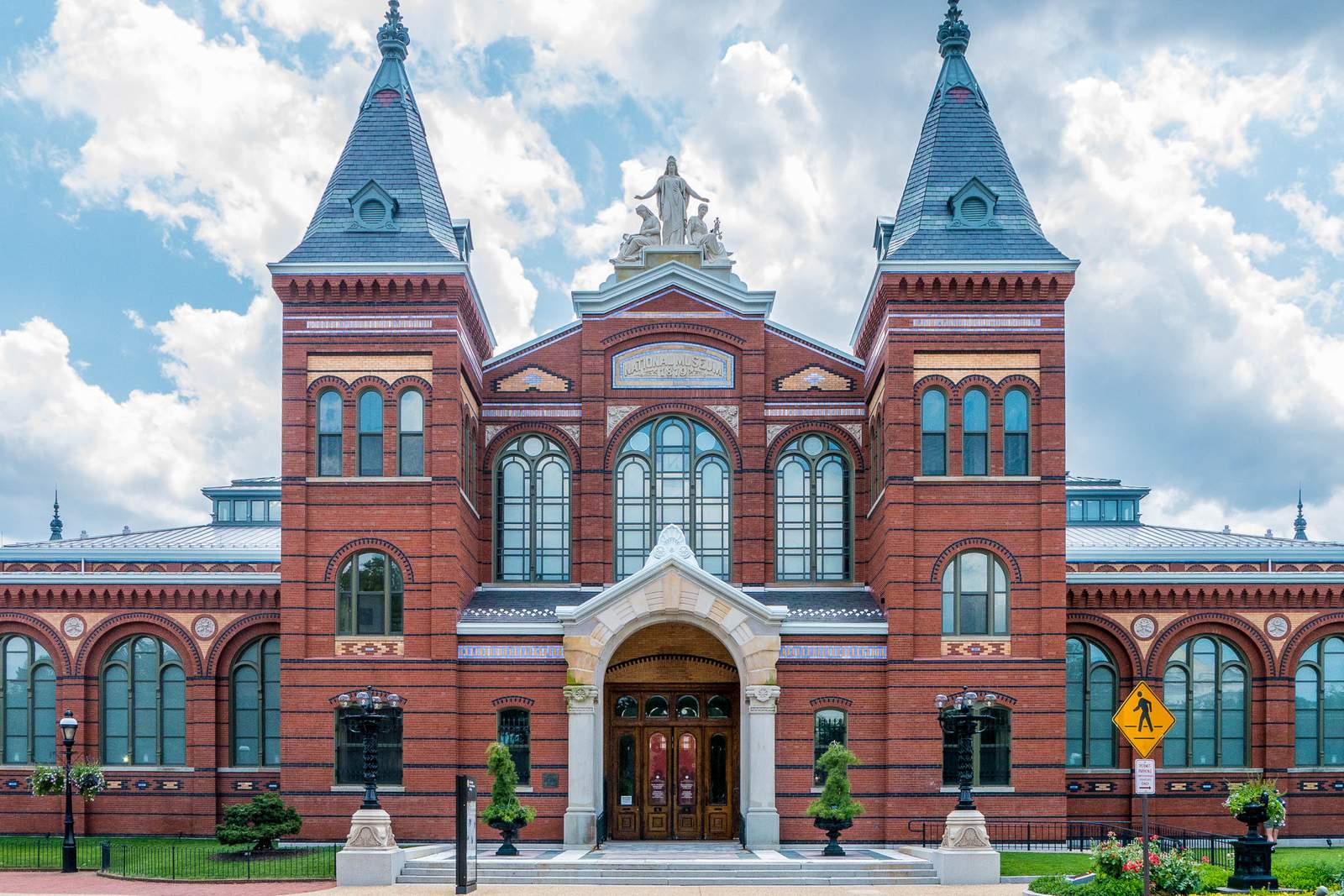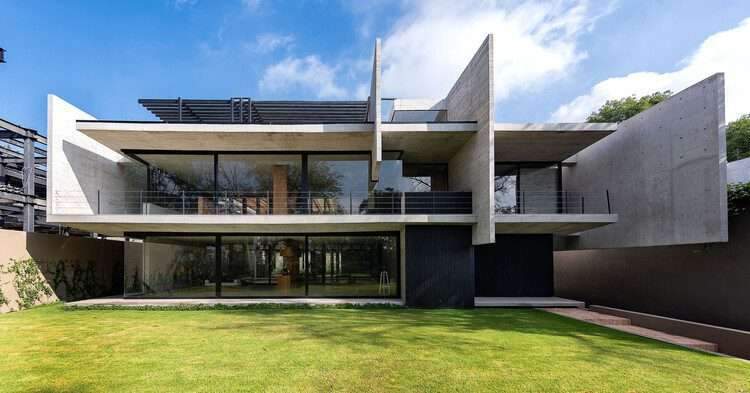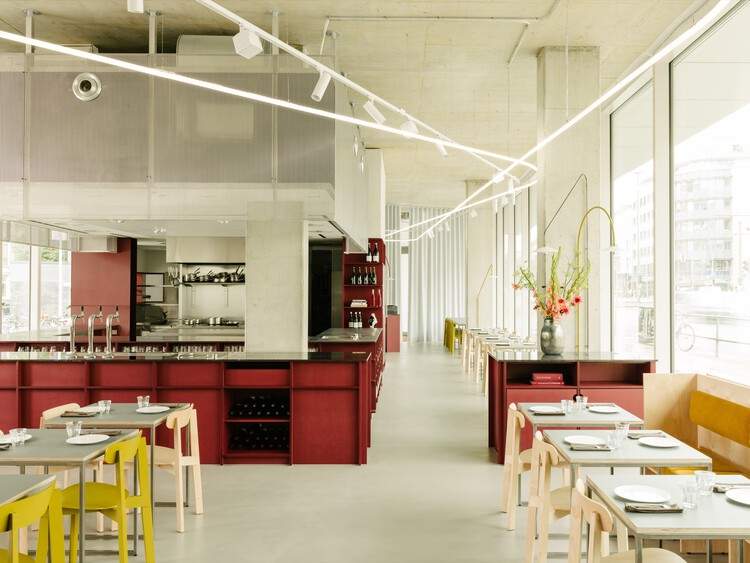With the clock very much ticking, the Smithsonian Institution announced that its Board of Regents has identified a pair of potential sites for the future National Museum of American Latino and the Smithsonian American Women’s History Museum in Washington D.C. The news marks a concluding stage of an exhaustive site-selection analysis and evaluation effort led by the Smithsonian with an assist from Baltimore-based architecture and engineering firm Ayers Saint Gross. In June, the Smithsonian had announced a shortlist of four potential locations, now whittled down to two “optimal” museum sites.
The selection of these two sites was met with critical groans from some, including AN contributor Neil Flanagan, who referred to the pair of finalist sites in a tweet as “terrible, cramped sites for museums with serious collections.”
In accordance with the museum-authorizing legislation passed in 2020, the final two selections are required to be designated by the Smithsonian Board of Regents by the end of this year. Congressional approval is required before the sites are finalized, which could prove to be a hard-won effort. As reported by the Washington Post, details regarding which planned museum will be built at which site will be revealed upon finalization.
Of the foursome of top contenders, the two undeveloped parcels to move forward as potential sites are both under the jurisdiction of the National Park Service. One is on Jefferson Drive SW across the National Mall from the National Museum of African American History and Culture while the other, currently home to a rugby field, is between Raoul Wallenberg Place SW and Maine Avenue SW. The two sites have been identified in the selection process as the South Monument Site and the Tidal Basin Site, respectively.
A host of criteria came into play when evaluating the potential museum sites: The symbolism of the location, costs, existing site conditions, transportation, environmental factors, and acquisition potential. The four shortlisted sites were narrowed down from an initial list of 25 potential development sites under consideration (subsequently narrowed down to 14 “Tier One” sites), which was largely dominated by intriguing off-Mall locations and existing buildings such as the Brutalist J. Edgar Hoover Building, currently home to the FBI, and a building now populated by the Bureau of Printing and Engraving, which is set to decamp from its current longtime D.C. location to a facility in suburban Maryland over the next few years.
The two potential museum sites that didn’t make it to the final round were a third undeveloped parcel located just north of the Capitol Reflecting Pool and the historic Arts & Industries Building on Jefferson Ave NW. Built in 1881, the landmark structure, originally the National Museum, is the second oldest of the Smithsonian properties on the National Mall. It is currently closed while undergoing extensive renovations although a section of the building did reopen to the public in November 2021 after a 20-year-plus closure for the special exhibition FUTURES. The show, timed to coincide with the Smithsonian’s 175th anniversary, closed this past July.

The Arts & Industries Building, the only of the four shortlisted sites under Smithsonian control, was a favorite among the public to house one of the new museums, particularly among proponents of adaptive reuse in lieu of new construction on scarce protected parkland. It’s unclear what the future now holds for the Arts & Industries Building if the two new museums are approved to be built at the selected sites.
That said, the Smithsonian might need to go back to the drawing board if the two undeveloped parcels that it believes to be the “the ones” coming out of the painstaking evaluation process are rejected by Congress.
Late last month at a formal Hispanic Heritage Month reception held at the White House, President Joe Biden made explicitly clear his desire to see the National Museum of the American Latino, as well as the Women’s History Women, be built on the National Mall, where open space is cherished and the opportunities to erect major new facilities is incredibly limited. “It’s time,” Biden said.
Leadership with the National Museum of the American Latino was pleased with the news that two final sites had been chosen at the National Mall. Said museum Board Chair Henry R. Muñoz, III, in a press statement provided to AN:
“On behalf of the Board of the National Museum of the American Latino we commend Secretary Lonnie Bunch and the Smithsonian Board of Regents for a thoughtful, open, inclusive site selection process that we believe has arrived at the best place possible on our National Mall to tell the stories of Latino contributions to American history, heritage, culture, arts and science. This beautiful site will welcome all Americans as we illuminate a more complete American story for all people. Knowing that land on our nation’s mall is so precious, we acknowledge the many years of hard work and study undertaken by so many people, necessary to determine that in accordance with the guiding principles of our National Mall both the Smithsonian American Women’s History Museum and The National Museum of the American Latino are now poised to take their rightful place on our most important public land.”
“Now, our community can focus in a united fashion to support the approval of this site by an act of congress, which must happen this year,” Muñoz added.
The last new museum to open on the National Mall was the National Museum of African American History and Culture, designed by David Adjaye with Freelon Group and Davis Brody Bond, in 2016. That’s 13 years after that museum, which will be a potential new neighbor to one of the Smithsonian’s newest planned museums, was initially established.
As for the potential legislation-related wrinkles, both sites are located within a planning area known as the Reserve where new development is technically verboten. As noted by the Post, new memorials and museums have, however, been given the congressional go-ahead within the Reserve in recent years, namely the including the Martin Luther King Jr. Memorial and the African American Museum. The Tidal Basin Site, not off the beaten path by any means but also not directly facing the high-traffic Mall promenade, also presents its own unique challenges and risks.
Once legislation is passed finalizing the sites, fundraising for the Smithsonian’s two newest additions will commence.




